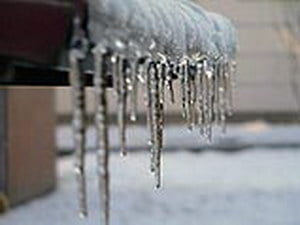Icicles on Your Roof – A Hazard for Your Home, Your Roof and Your Energy Bills

Orangeville home owners now is the time to inspect your roofs and eaves for icicles on your roof, as this is the most common indicator of a heat loss problem.
Snow on a roof is generally a good sign because it means heat is not escaping from the attic and melting the snow above. But if there are icicles on your roof or the side of your house, this can often mean just the opposite.
Most icicles on an Orangeville home will form due to heat escaping through attics, which is generally caused by insufficient insulation. This escaping heat will warm the roof sheathing and cause the snow on the shingles to melt. The melted snow then runs down the roof until it meets the roof overhang, where the temperature is much colder. It then refreezes into large masses of ice creating icicles.
This ice also creates a barrier for additional snow that melts throughout the winter, producing a pool of water literally backed up by this “ice dam”. The pooling of water can lead to numerous problems including.
- Damage to shingles-water can accumulate under the edges.
- Warping and detaching of eaves troughs.
- Rotting wood in the roof.
- Water damage to drywall, plaster and furniture from ice melting into the house.
- Icicles falling on people.
- Ice build-up on sidewalks or stairs.
These problems can be expensive to repair, but there are a number of actions people can take to solve these problems. Stopping air leaks from the warm moist interior of your Orangeville house through to the cooler attic should be the first priority. A heated house is like a chimney – a container of warm air surrounded by cold air that tends to draw air in at the bottom and release it at the top. In winter this is intensified as heat pushes through the top ceiling into the attic. Making matters worse, warm air carries with it humidity, that condenses in the attic and may cause other damage.
Tips to reduce heat loss in your Orangeville Home
- Attic hatches or doors need to be both insulated and weather stripped.
- Seal pot lights or avoid installing them on the top floor. If you have already installed unsealed pot lights, you may want to consider having a professional install an industry approved pre-made plastic cover to insulate the existing pot lights. This will allow you to seal the light box and reduce warm air from escaping.
- Bathroom Fans need to be ducted outside. Make sure that they are properly vented.
- HVAC Registers in your house has air vents in the ceilings, remove the vent covers and caulk the joint between the ducting and the ceiling.
- Houses with half-storeys have triangular attics at the edges of the uppermost floor and are therefore prone to warm air infiltration at the floor joist area.
- Duct work can be poorly sealed at joints and can leak air. In winter, duct work that travels through an attic will leak warm moist air directly into the attic.
- Plumbing Stacks and Chimneys are major sources of air leakage. It is best to seal these where they pass through the attic floor. For metal chimneys inside a chase or for old masonry chimneys, you may need help from an expert to ensure proper sealing and to avoid fire hazards.
Sealing air paths that are only accessible from the attic can be a challenge. Limited access and the risk of going through the ceiling may be reason enough to hire a professional. The cost of these solutions will vary depending on the size and shape of the Orangeville house, as well as the number of air leaks. The costs to make these improvements generally range from $500 to $2,500. This is a small investment compared to the cost of the potential water damage.

